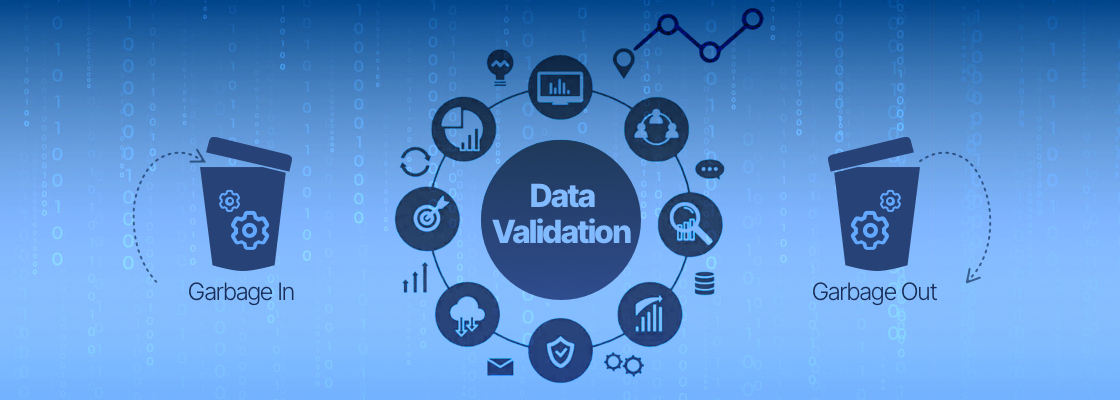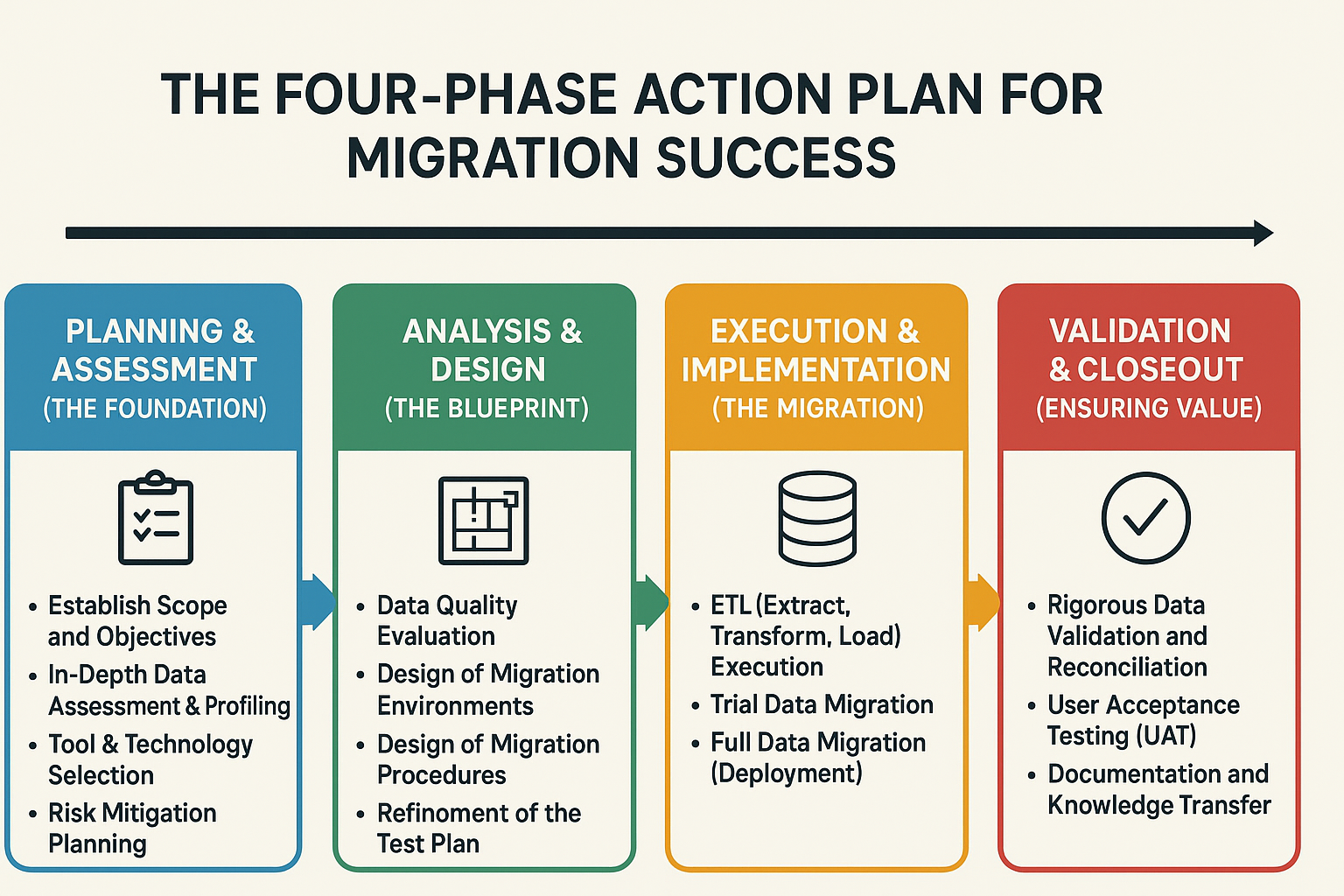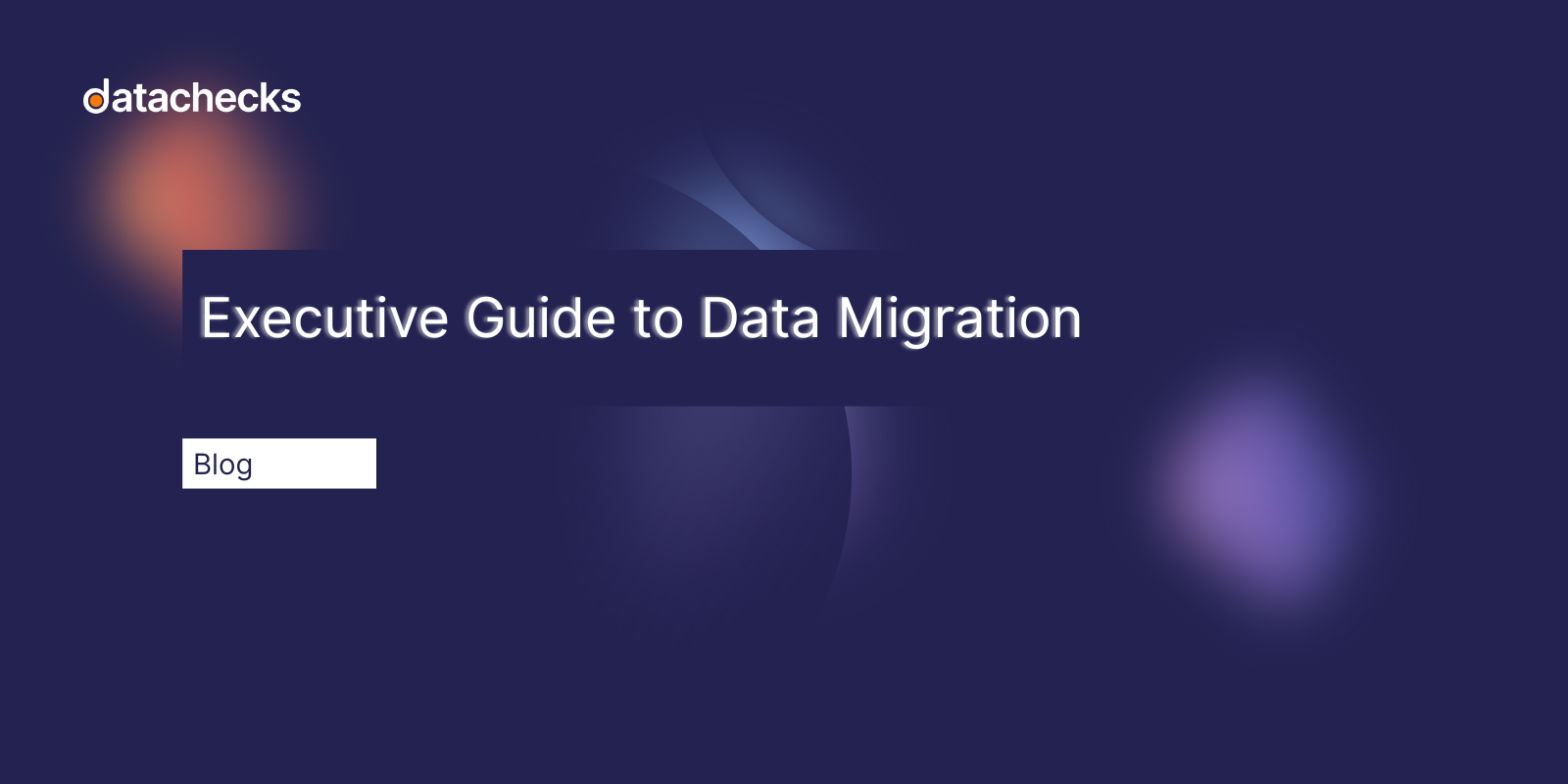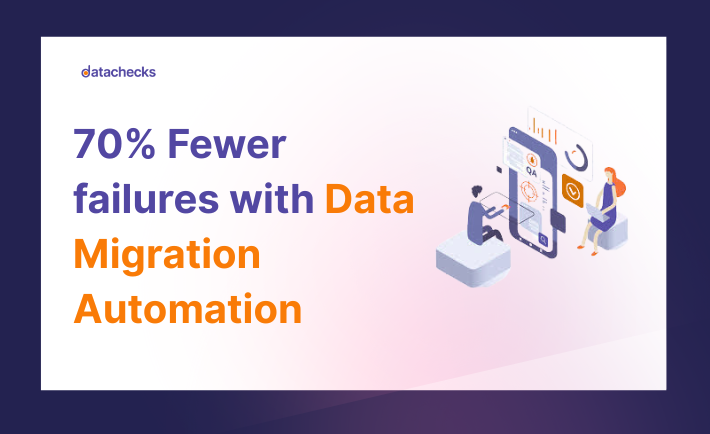Introduction: From High-Risk Liability to Strategic Business Asset
Data migration is a critical component of modern business transformation, underpinning initiatives like cloud adoption, legacy system conversion, and digital innovation. However, the path is notoriously treacherous. Industry data reveals a sobering reality: over 80% of data migration projects run over budget, are delayed, or fail to meet their core objectives. These high failure rates represent significant financial risk and operational disruption. A strategic, well-executed roadmap is therefore not just a technical guide but an essential business tool for mitigating financial exposure, ensuring data integrity, and transforming migration from a high-risk liability into a value-driving initiative. This guide provides a comprehensive, phased framework for navigating the complexities of data migration and achieving a successful, value-driven outcome.
1. The Strategic Imperative: Quantifying the ROI of Data Migration
Viewing data migration as a strategic business investment rather than a technical cost is fundamental to its success. A well-executed migration is a transformation move that unlocks tangible value across the organization by enhancing efficiency, empowering data-driven decision-making, and securing long-term business agility. It is an opportunity to rethink data architecture and align technology infrastructure directly with business goals.
1.1. Enhancing Operational Efficiency and Scalability
Migrating from inefficient legacy systems to modern platforms automates repetitive tasks, streamlines cross-functional workflows, and significantly reduces the time and resources spent on system maintenance. This transition improves data access and usability, allowing teams to operate faster and with fewer errors. A successful migration future-proofs the business, creating a foundation that enables seamless scaling to meet growth demands without performance degradation or costly system overhauls.
1.2. Improving Data-Driven Decision-Making
The principle of "Garbage in, garbage out" is especially true in business intelligence. When a data migration strategy includes processes for data cleansing, standardization, and centralization, it inherently improves overall data quality. This enhanced data integrity ensures that leadership can trust the numbers they rely on for forecasting and planning. The result is quicker, more confident decisions based on accurate, real-time business insights, turning data from an IT concern into a true strategic asset.

1.3. Realizing Tangible Cost Savings
Migrating to modern systems, particularly cloud platforms, delivers significant and measurable cost savings over time. These efficiencies free up capital and resources that can be reinvested into innovation and growth. Primary sources of savings include:
- Reducing or eliminating on-premise infrastructure costs.
- Lowering maintenance, licensing, and technical support burdens associated with legacy systems.
- Consolidating siloed systems and redundant tools into a streamlined, modern platform.
1.4. The Financial Fallout of Failure
Poorly managed data migrations are not just inconvenient; they carry severe and quantifiable financial risks that can cripple a project and impact the entire organization.
Understanding these potential costs underscores the necessity of a strategic approach. The first step in building that strategy is understanding the fundamental forms of data migration.
2. Understanding the Data Migration Landscape
Before constructing a detailed project plan, stakeholders must understand the fundamental types, approaches, and methodologies of data migration. These foundational choices dictate the project's risk profile, timeline, and resource requirements, forming the strategic basis for the entire initiative.
2.1. Types of Data Migration
Data migration can be categorized based on the asset being transferred. Understanding these types helps clarify project scope and objectives.
- Application Data Migration: Transferring application-specific data to a new environment, typically as part of an application upgrade or replacement.
- Database Data Migration: Moving data between different database management systems, such as upgrading to a modern platform or consolidating multiple databases.
- Server Data Migration: Transferring data and configurations from one server environment to another, common during hardware upgrades or cloud adoption.
- Operating System (OS) Data Migration: Migrating data and system configurations when upgrading or changing the underlying operating system.

2.2. Approaches to Data Transfer
The timing and frequency of data transfer define the migration approach, each with distinct advantages and challenges.
- One-Time Data Migration This approach involves a single, large-scale data transfer from the source to the target system, typically performed within a specified downtime window.
- Advantages: More straightforward to plan and execute; requires minimal post-migration monitoring.
- Challenges: High risk if issues arise, as rollback can be complex; usually requires system downtime.
- Intermittent Data Migration This approach involves periodic, scheduled data transfers from the source to the target system, often conducted in batches.
- Advantages: Easier to manage and troubleshoot in manageable chunks; reduces the risk of overwhelming the target system.
- Challenges: Requires ongoing management and coordination; carries a risk of data inconsistencies if synchronization is not handled correctly.
- Ongoing Data Migration This approach continuously synchronizes data between the source and target systems in real-time or near-real-time.
- Advantages: Minimizes downtime and ensures high business continuity; reduces the risk of data inconsistency during a lengthy transition.
- Challenges: More complex to implement and monitor; has higher resource and infrastructure requirements.
2.3. Comparing Strategic Methodologies: Big Bang vs. Phased
The two primary methodologies for executing the migration cutover present a trade-off between speed and risk.
For complex projects, a tool-assisted phased or iterative strategy is the most pragmatic and lowest-risk approach, aligning with modern best practices for balancing risk, cost, and business disruption.
With a clear understanding of the migration landscape, the next step is to build an actionable, step-by-step roadmap for successful execution.
3. The Four-Phase Action Plan for Migration Success
This strategic guide is centered on a structured, four-phase project lifecycle: Planning & Assessment, Analysis & Design, Execution & Implementation, and Validation & Closeout. This four-phase lifecycle is designed not merely to move data, but to ensure the data arrives ready to power the strategic objectives of enhanced efficiency and improved decision-making. Research and best practices show that following an iterative lifecycle is the most effective way to manage complexity, maximize opportunities, and mitigate the risks inherent in any data migration project.

3.1. Phase 1: Strategic Planning & Assessment (The Foundation)
This foundational phase is the most critical stage of the entire project, often consuming 50-70% of the total project effort. Underinvestment or shortcuts taken here directly lead to the cost overruns and failures that plague most migrations. Thorough planning is the foundation for success.
- Establish Scope and Objectives: Define unambiguous goals, clear scope boundaries, and realistic timelines. This is essential to prevent "mission creep," a primary driver of budget overruns, and to establish clear criteria for success that all stakeholders agree upon.
- In-Depth Data Assessment & Profiling: This is the most critical pre-migration activity. This requires a deep analysis of the source data's structure, quality, complexity, and relationships. This process uncovers hidden issues like duplicates, inconsistencies, and format variations before they can derail the project, providing an accurate insight into the data's content and quality.
- Tool & Technology Selection: Move beyond manual scripts and basic importers, which are inefficient and error-prone. Modern, AI-assisted platforms offer integrated data profiling, cleansing, transformation, and validation capabilities. Investing in the right tools is paramount for handling complexity, ensuring accuracy, and controlling costs, as outdated methods are a major contributor to high failure rates.
- Risk Mitigation Planning: Formally identify potential risks, such as poor data quality, resource constraints, incompatible systems, or unexpected downtime. Develop a formal Risk Mitigation Plan that outlines a contingency strategy for each anticipated risk that could jeopardize the project. Proactive risk management is far less costly than reactive firefighting.
This foundational work is the primary defense against Data Quality Issues, Schema and Compatibility Errors, and unforeseen Integration and Dependency Failures.
3.2. Phase 2: In-Depth Analysis & Design (The Blueprint)
This phase translates the requirements and assessments from Phase 1 into a detailed technical blueprint for the migration. This architecture defines exactly how data will be moved, transformed, and validated.
- Data Quality Evaluation: Use the results from data profiling to formally evaluate the current state of legacy data. This involves measuring the data against defined quality metrics and business rules to understand the specific remediation efforts required.
- Design of Migration Environments: Design the target data architecture and, if necessary, an interim "staging area." A staging area is a best practice that provides a temporary location to consolidate, cleanse, transform, and validate data without impacting source or target production systems.
- Design of Migration Procedures: Create detailed designs for all core technical procedures, including data extraction, cleansing, data conversion/transformation rules, data loading into the target system, and comprehensive data validation.
- Refinement of the Test Plan: Consolidate all individual test cases for the designed procedures into a refined and comprehensive Data Migration Test Plan. This ensures every transformation rule and data movement step is verifiable.
This detailed design work directly mitigates Schema and Compatibility Errors and Data Integrity Issues by creating a verifiable blueprint before any data is moved.
3.3. Phase 3: Execution & Implementation (The Migration)
This is the active phase where data is moved, transformed, and loaded into the target system. The quality of the planning and design phases is truly tested here, as the blueprint is put into action.
- ETL (Extract, Transform, Load) Execution: Execute the core migration process. This involves extracting data from the source systems, applying the designed transformation rules (cleansing, enrichment, field mapping), and loading the processed data into the target system according to the defined procedures.
- Trial Data Migration: Perform one or more trial migrations using a representative subset of data in a test environment. This critical step allows the team to validate procedures, test system performance under load, measure timelines, and identify errors before executing the full-scale migration. This process should be repeated until success criteria are met.
- Full Data Migration (Deployment): Upon receiving formal stakeholder approval after a successful trial run, execute the full data migration into the production environment. This step is the culmination of all preceding planning, design, and testing efforts.
Rigorous execution here, especially the trial migration, directly mitigates the risks of Extended Downtime and Performance Degradation.
3.4. Phase 4: Post-Migration Validation & Closeout (Ensuring Value)
The project is not complete once the data is loaded. This final phase is essential to ensure the migration was successful, the data is trustworthy, and the intended business value is realized.
- Rigorous Data Validation and Reconciliation: Post-migration validation is critical to confirm data completeness, accuracy, and integrity. This phase requires systematically comparing source and target data, verifying key metrics, and checking for any data loss or corruption that may have occurred during the transfer.
- User Acceptance Testing (UAT): Involve end-users to validate the migrated data within the context of their real-world business use cases. Business users are uniquely positioned to identify functional or data-related issues that purely technical checks might miss, making their participation essential for confirming success.
- Documentation and Knowledge Transfer: Conclude the project by documenting all migration results, compiling a "Lessons Learned" report to improve future initiatives, and formally obtaining stakeholder sign-off for project completion.
This final validation phase is crucial for mitigating any remaining Data Integrity Issues and preventing long-term problems caused by Insufficient User Training.
4. Common Risks in Data Migration and Proven Mitigation Strategies
Data migration is an inherently high-risk activity, with projects frequently spiraling into disaster due to overlooked dependencies, poor data quality, and inadequate planning. Understanding the most common points of failure is the first step toward proactive risk management and building a resilient migration strategy. Proactively managing these threats is the key to protecting the project's ROI and ensuring the migration delivers on its strategic promise.
4.1. Top 10 Data Migration Risks
Data teams regularly encounter a range of threats that can have significant business consequences. Below are the ten most critical risks to anticipate and manage.
- Data Loss: Permanent loss of critical records, such as customer history or financial transactions, due to failed transfers or format incompatibilities.
- Data Integrity Issues (Corruption): Migrated data becomes invalid, garbled, or silently broken due to issues like encoding errors, type mismatches, or string truncation.
- Data Quality Issues: Pre-existing problems in the source system, like duplicate entries and inconsistent data, are carried over and amplified in the new environment, eroding trust and distorting analytics.
- Schema and Compatibility Errors: Misaligned data models between source and target systems lead to mis-mapped fields, dropped data, or broken referential integrity.
- Extended Downtime: Migration windows run longer than planned due to performance bottlenecks or unexpected errors, halting critical business operations and impacting revenue.
- Performance Degradation: The new system becomes slow or unstable under production-level data volumes and query loads, leading to frustrated users and inefficient operations.
- Integration and Dependency Failures: Connected applications and downstream data pipelines break because an overlooked dependency was not updated or a required table was not migrated.
- Security Breaches: Sensitive data like personally identifiable information (PII) or financial records is exposed during transit or in a misconfigured target environment.
- Data Governance & Compliance Violations: The migration process inadvertently breaks regulatory requirements like GDPR or HIPAA by moving data to non-compliant regions or failing to maintain audit trails.
- Insufficient User Training: End-users unfamiliar with the new system's data structures or interfaces inadvertently cause errors, create incorrect reports, or revert to old workflows.
4.2. Best Practices for Risk Mitigation
Proactive planning and adherence to best practices can dramatically reduce the likelihood and impact of these risks.
5. The Datachecks Advantage: Automating Trust with Agentic Data Migration
Modern, AI-powered Quality Assurance has emerged as the definitive solution to the high-risk, high-failure-rate environment of traditional data migration. Datachecks is a leader in this space, offering an "Agentic Data Migration" platform that automates the most difficult and time-consuming parts of migration—validation, reconciliation, and testing. This approach delivers trusted, clean data with unprecedented speed and accuracy, transforming migration from a manual bottleneck into an automated value driver.
5.1. The Old Way vs. The Datachecks Way
The contrast between traditional, manual data migration and a modern, agentic approach highlights a fundamental shift in managing migration risk and effort.
5.2. Core Capabilities for Zero-Compromise Migration
The Datachecks platform is built on four core capabilities designed to solve the most critical challenges in data migration quality assurance.
- Automated Data Migration with AI Agents Instead of requiring engineers to write complex scripts, modular and reusable AI agents automate specific tasks. These agents are schema-aware and context-driven, allowing them to adapt instantly to the migration environment and auto-generate the necessary validation and reconciliation logic without code.
- Deep Data Reconciliation This capability ensures every single record is accounted for across source and target systems, even at massive scale (billions of records). Using smart data matching algorithms and granular issue detection, the platform can pinpoint specific missing, extra, or mismatched records, complete with automated audit reporting to satisfy governance needs.
- Context-Aware Data Validation The platform moves beyond simple checks by leveraging metadata, schema, data lineage, and business rules to autonomously generate meaningful tests. This context-aware approach automatically focuses effort on the most critical areas, ensuring that validations are aligned with business logic and data dependencies.
- Intelligent Synthetic Data Generation To test transformations and simulate edge cases without risk, the platform can create safe, production-like test data on demand. This data is schema-aware, mimics real business scenarios, and is free of sensitive PII, allowing teams to validate ETL logic and prepare for failures in a secure development environment.
5.3. Proven Impact and Measurable ROI
The adoption of an Agentic Data Migration platform delivers tangible, measurable results that directly address the primary cost and risk drivers in data migration.
- Faster Timelines: Deliver migration projects 30-50% quicker by automating repetitive tasks and eliminating manual bottlenecks.
- Reduced Effort: Cut the manual workload by over 85%, freeing up engineering teams to focus on higher-value activities.
- Risk Reduction: Proactive validation and deep reconciliation cut rollback incidents by 70%.
- Audit-Ready Quality: Provide complete, traceable, and reproducible validation results, delivering audit-ready transparency and governance by design.
While advanced tooling is a game-changer, its effectiveness is maximized when deployed by a well-structured team with clearly defined responsibilities.
6. Assembling the High-Performance Migration Team
Technology alone does not guarantee success. A successful data migration requires a well-defined team structure where each member understands their role and responsibilities. Clear ownership prevents gaps in accountability and ensures that both business and technical requirements are effectively managed throughout the project lifecycle.
6.1. Key Roles and Responsibility
Conclusion: Moving Your Business Forward
Data migration should be viewed not as a mere IT task, but as a strategic business transformation. The historically high failure rate of over 80% is not an inevitability but a consequence of inadequate planning, reliance on outdated manual processes, and a failure to manage inherent risks. By adopting a structured, four-phase methodology and leveraging modern AgenticData Migration platforms like Datachecks to automate validation and ensure data trust, organizations can overcome these challenges. A well-executed data migration minimizes financial risk and operational disruption while unlocking significant business value. Ultimately, a strategic migration isn't just about moving data—it's about moving the business forward with greater efficiency, intelligence, and agility.



.svg)









